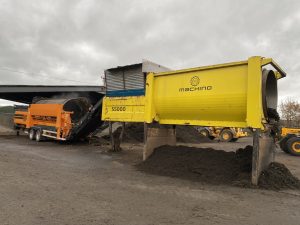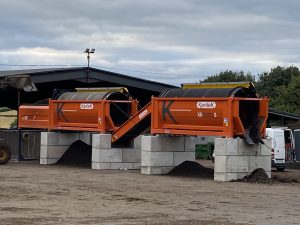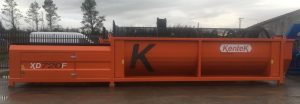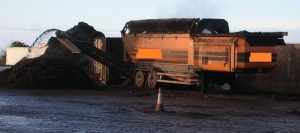Many folks ask us to design a plant, sort a problem, quote for a machine. The first question we ask is what is the back end like? Without being rude, we mean have you outlets for all this product we are going to produce. Without refusing the sale we must ask the Why? Why do you want to do it this way? In many situations most of our clients have maybe a basic screen or even a multi-million fully automated plant.
What we see is that even with the most sophisticated plant the basic processing principles have not been followed and the operators are still putting some element of the waste around the plant again because it is not designed correctly. Yes, so much of the plant design is limited by the surrounding environment, wet/dry, inside/outside, space or limited space. There are restrictions but limiting re-handling is important. There is no point having a process that ejects plastic straws that you can not sell or disposable cups that are too dirty or even trommel fines that are not good enough for loss on ignition testing. In concluding, check the process step by step in detail and make it flexible. Sometimes, if the process is efficient then you will have RDF and SRF by design default!
In summary our top 5 tips for processing waste
- Do you have outlets for all the different materials you will produce? Why do you want to process in a certain way? Check yourself why?
- Do we really need that material in that way?
- Are we re -handling or re-transporting material with this design?
- Keep the process simple and remember the feed in method or the machine feeding the material is a very important link in the process. How is the material presented to the first process step?
- Is the system flexible for change?




